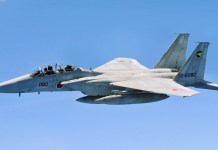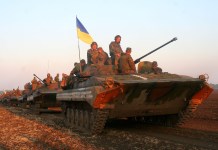By Neeraj Rajput
Indians, particularly those interested in military history, were slightly disappointed when the 2017 Hollywood Film, ‘Dunkirk,’ was released worldwide.
Based on the Battle of France, fought during World War II, and the evacuation of Allied soldiers from Dunkirk, a coastal city in Northern France, left Indians infuriated for wiping out the role Indian soldiers (of erstwhile British Indian Army) during the First World War and then the WW II.
Notwithstanding the myopic view of Western media, an iconic black-and-white picture of a French lady pinning a flower on a Sikh (Indian) soldier became viral on social media during the release of ‘Dunkirk.’
This picture belonged to the First World War when Indian soldiers, most likely of the Sikh Regiment, as part of the British Indian Army, had saved France from falling into the hands of Germany (1916).
After winning the war, the Sikh Indian soldiers were marching on the streets of France as a mark of victory (parade) when the French lady, out of exuberance and gratitude, pinned a flower on the chest of one of the middle-aged soldiers.
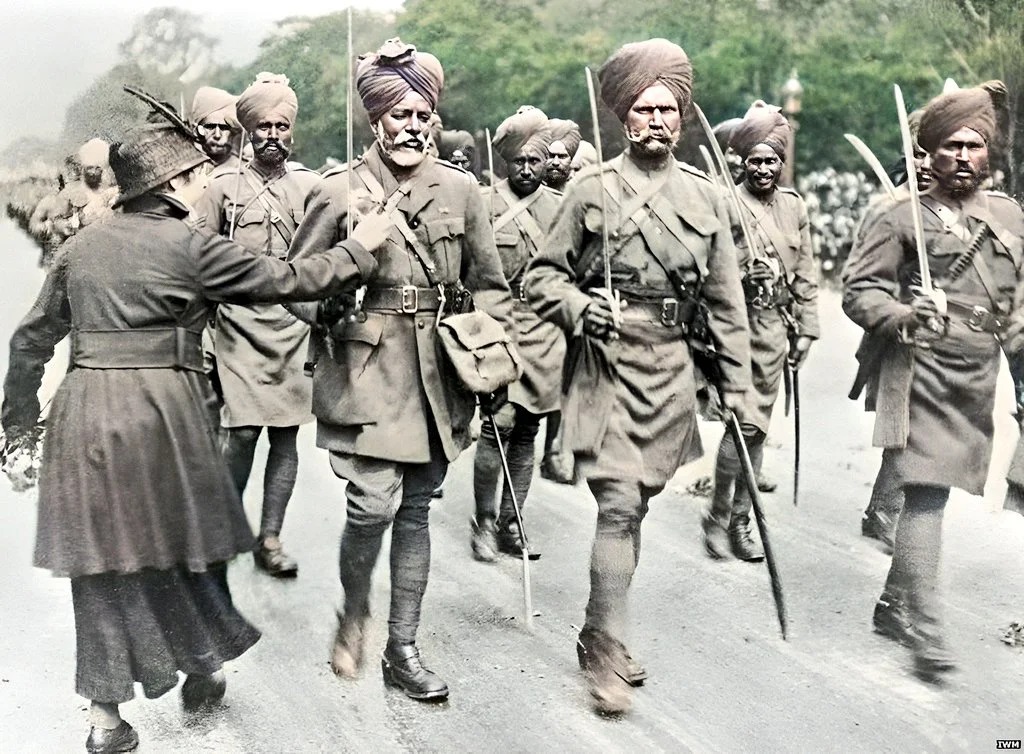
Wheel of history has returned more than a hundred years later, when the soldiers of the Punjab Regiment (of course, now part of the Indian Army) embark on a journey to France to take part in the Bastille Day parade to be held next week in the French Capital Paris on July 14.
This year, the Prime Minister of India, Narendra Modi, has been invited as the Guest of Honour at the Bastille Day Parade or Fête Nationale Française, the French National Day.
It is known as Bastille Day, the anniversary of the Storming of the Bastille in 1789 during the French Revolution.
“The Bastille Day parade will witness a 269-member tri-services contingent of the Indian Armed Forces marching alongside their French counterparts. The contingent has left for France today”, said Colonel Sudhir Chamoli, Spokesperson of the Indian Army, in Delhi on Thursday.
The Indian contingent is visiting France at a time when Paris and other cities have been reeling under week-long riots and arson.
“The association of the Indian and the French Armies dates back to World War I. Over 1.3 million Indian soldiers participated in the war, and almost 74,000 of them fought in the muddy trenches to never return again, while another 67,000 were wounded”, said the Indian Army in an official statement. “Indian troops valiantly fought on French soil also. Their courage, valor, and supreme sacrifice not only thwarted the enemy but also significantly contributed towards winning the war”, it added.
“The Army contingent in Paris is represented by the Punjab Regiment, which is one of the oldest Regiments of the Indian Army. The troops of the Regiment have participated in both the World Wars as well as the post-independence operations”, said the Spokesperson.
In World War-I, troops of the Punjab Regiment were awarded 18 Battle and Theatre Honours. The gallant soldiers fought in Mesopotamia, Gallipoli, Palestine, Egypt, China, Hongkong, Damascus, and France. In France, they took part in an offensive near Neuve Chapelle in September 1915, earning the Battle Honours’ Loos’ and ‘France and Flanders.’
Later, World War II witnessed a whopping 2.5 million Indian soldiers making significant contributions in various theatres of the war from Asia to Africa and Europe. This also included the battlefields of France.
The Indian troops established their valor in these wars, which was well recognized in the form of several gallantry awards being bestowed on the Indian soldiers. In World War II, soldiers of the Punjab Regiment earned 16 Battle Honours and 14 Theatre Honours.
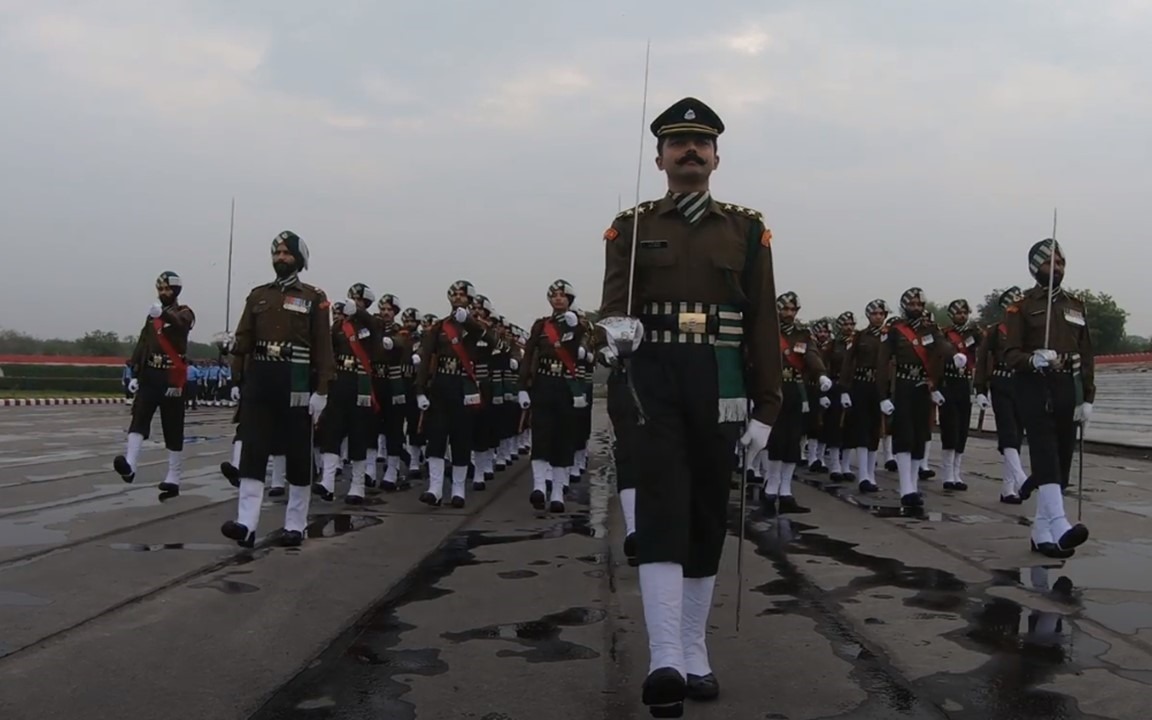
This year, India and France celebrate 25 years of ‘Strategic Partnership.’ The armies of both countries have been participating in joint exercises and sharing their experiences.
Over the years, India and France have become reliable defense partners, with the Indian Air Force (IAF) operating French Rafale fighter jets, procured in a G2G (Government to Government) deal inked in 2016.
The deal was announced by PM Modi during his first visit to Paris in 2015 as Prime Minister. IAF also operates French Mirage 2000 fighter jets, which had carried out an airstrike on the training camp of the terrorist organization Jaish e Mohammed (JeM) in the Balakot area of Pakistan in Feb 2019 in the aftermath of the Pulwama terror attack.
France has also helped the Indian Navy in making six scorpene class submarines at Mazgaon Dockyard (in Mumbai). Five of these Scorpene submarines, viz Kalvari, Khanderi, Karanj, Vela, and Vagir, have already been commissioned in the Indian Navy, while the sixth and the last Vagsheer is undergoing sea trials.
All eyes are again set on PM Modi as the Indian Navy is vying for 26 carrier-based fighter jets for its indigenous aircraft carrier, INS Vikrant. French Rafale (M), the marine version of IAF Rafale, is considered the favorite to win the contract over US F/A-18 ‘Super Hornet.’
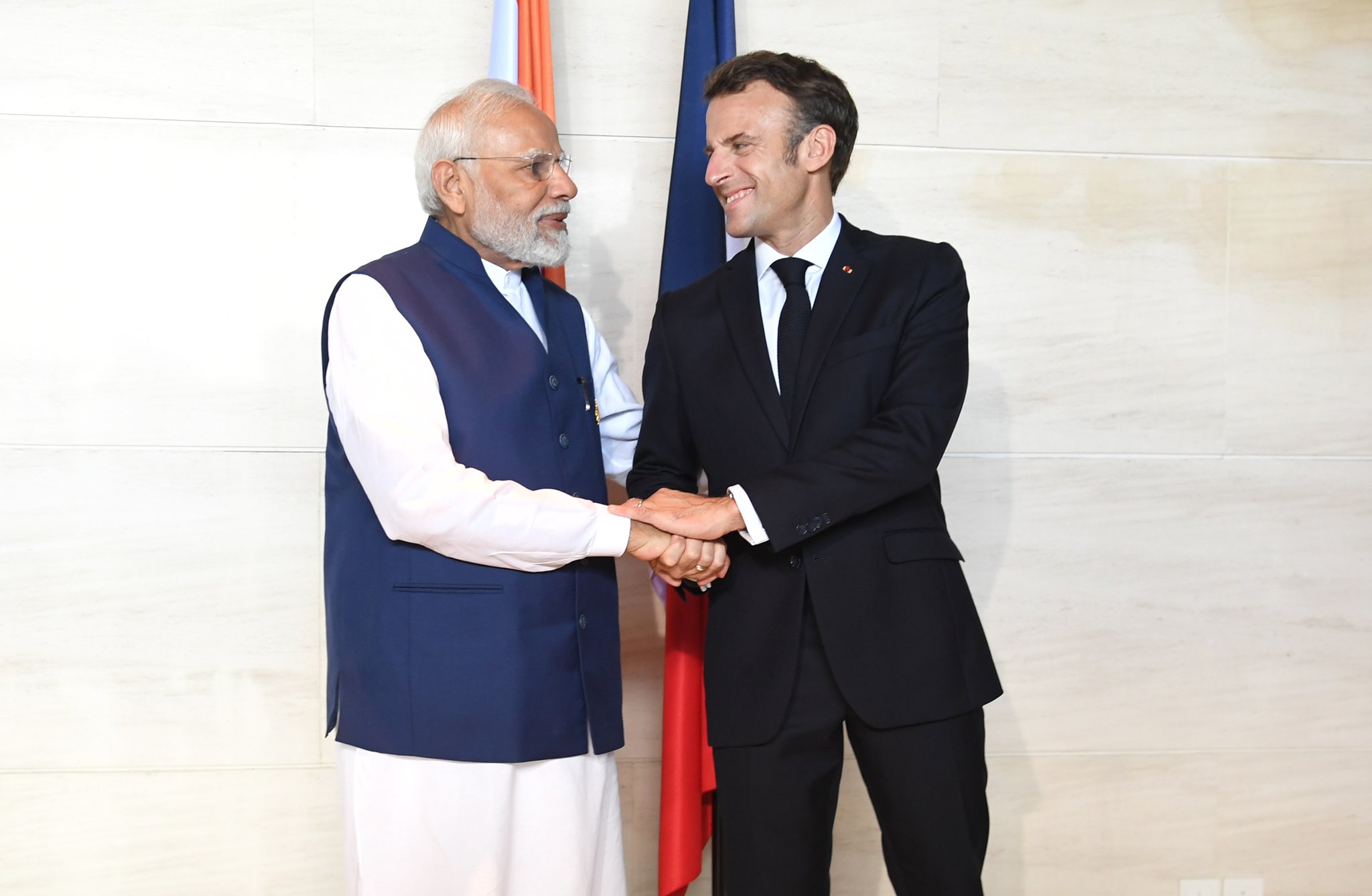
Also in line is the manufacture of engines of indigenous stealth AMCA (Armed Medium Combat Aircraft) under PM Modi’s flagship program, ‘Make in India.’ It is believed that French aviation giant Safran is willing to manufacture aircraft engines (both fixed and rotary) in India–though no official word has come from either side.
“The Rajputana Rifles Regiment Band is also accompanying the contingent to France,” said Colonel Chamoli. The Regiment is the seniormost rifle regiment of the Indian Army. Most of its battalions have a long and glorious history.
They have taken part in some of the bloodiest battles in many theatres of the world. They have demonstrated exemplary contributions in both World Wars. During World War II, the battalions of the Rajput Regiment fought in every theatre where the Indian Army was involved.
They are the recipients of six Victoria Crosses prior to independence. The band of the Regiment was raised in 1920 at Nasirabad (Rajasthan) during the British era.
The Indian Army contingent of 77 marching personnel and 38 band members is led by Captain Aman Jagtap. Indian Navy contingent is being led by Commander Vrat Baghel, while Squadron Leader Sindhu Reddy leads the Indian Air Force contingent.
- Neeraj Rajput is a Senior War Correspondent from India
- Please email us at etdesk (at) eurasiantimes.com
- The author tweets at @neeraj_rajput


